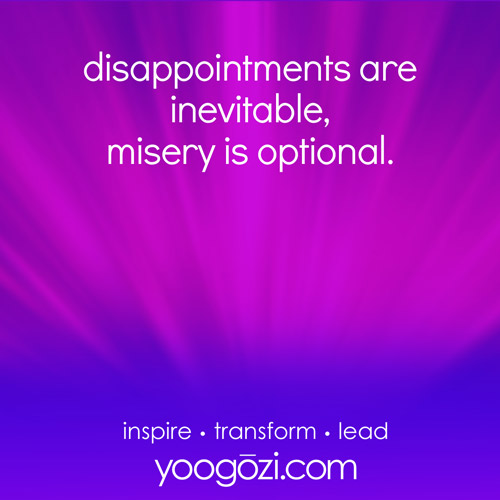3 Critical Insights on Your Plan B
No plan, especially a Plan B, survives contact with the enemy! So, stop waiting for the perfect team member, flawless marketing plan, or ideal market conditions.
I was recently asked, by a young woman, during a Q&A session if it’s “better to have an ‘A-Team’ with a ‘B-Plan’, or a ‘B-Team’ with an ‘A-Plan.’”
At first I thought I was thrown a brainteaser, but once I figured out what it was she was asking, the answer seemed fairly simple.
Your Plan B
Here are the facts:
There’s no such thing as a perfect A-Plan: The truth is that the perfect plan is a myth…it just doesn’t exist. Read the book Getting to Plan B: Breaking Through to a Better Business Model by John Mullins for plenty of examples of organizations (like Google, PayPal & Starbucks) who remained flexible, responded to changing market conditions, moved quickly to Plan B, and survived (albeit, in a different incarnation than originally planned), rather than dying the common death of many organizations who drive their perfect original plan right off the cliff.
Most military veterans have heard the old adage, “No plan survives contact with the enemy.” This is true of business plans, as well. While planning is important, don’t make the mistake of “over-planning,” since half your plan will likely go right out the window as soon as you put it in motion. Today’s dynamic business environment requires nimble adaptation to constantly shifting business factors. In a nutshell, trying to create the perfect “A-Plan” can actually set you up for failure.
Leadership is Key: History is replete with sports teams who have assembled the greatest individual talent possible, yet failed to win a championship. Now think of teams that have lesser talent, yet were able to gel, overcome the odds and win. The difference? It all comes down to leadership! Effective leaders are able to share the organization’s vision and core values with the entire team and inspire them to greatness.
Understand How Your Team is Built: I am an evangelist for strengths-based leadership and team building, and preach this message constantly. To operate at peak efficiency, we must know ourselves and our strengths. To get the most from our teams, we must understand how each team member is built, what their strengths are, and how they can best support the organization.
The US military has proven time and again, the power of small, strength-based teams, in the form of its special operations community. They can out gun; out maneuver; and out-perform; units who are larger; better equipped; and better funded every day of the week based, primarily, on these principles. The great news is that these same principles apply to civilian leadership and the business arena, as well.
Now go get ‘em!



















